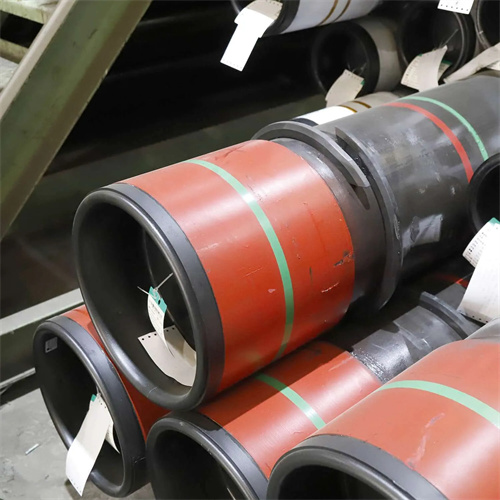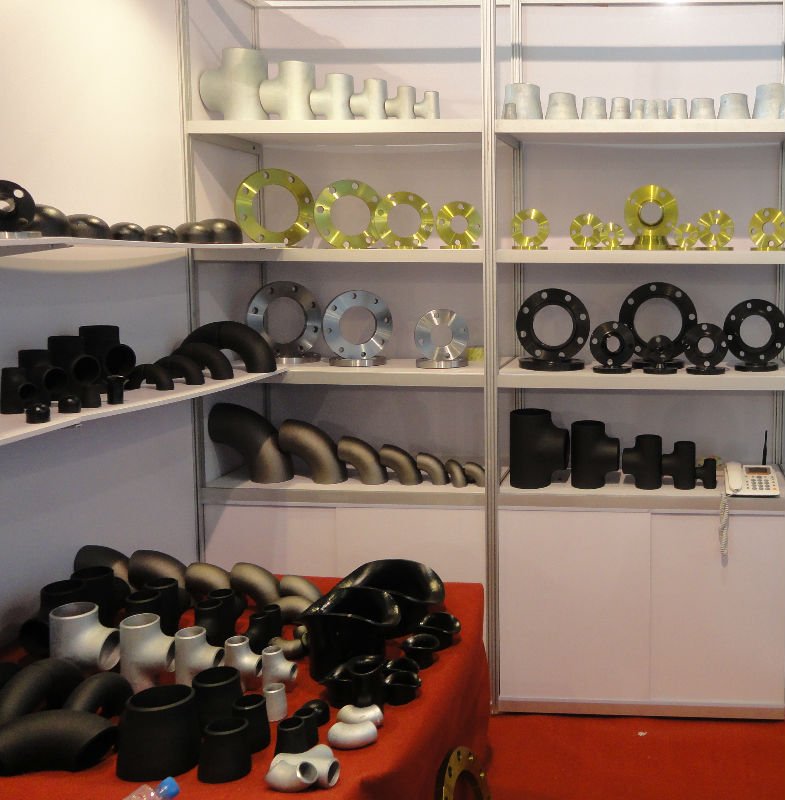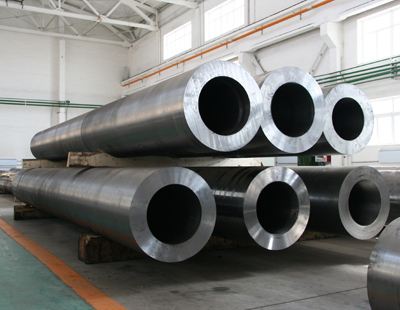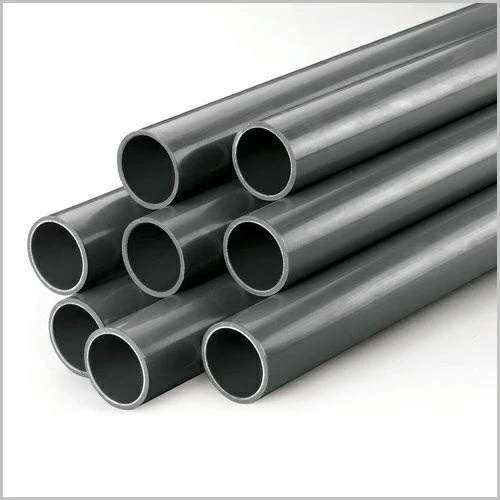Benefits of Using Cold Rolled Carbon/Alloy steel Tube in Industrial Applications
Cold rolled and Cold drawn carbon/alloy steel tubes are widely used in various industrial applications due to their numerous benefits. These tubes are manufactured using a process that involves rolling or drawing the steel at room temperature, resulting in a smooth surface finish and precise dimensions. In this article, we will explore the advantages of using cold rolled/cold drawn ASTM/EN/JIS/DIN/GOST carbon/alloy steel tubes in industrial settings.
One of the key benefits of cold rolled/cold drawn steel tubes is their superior strength and durability. The Cold rolling and drawing processes help to align the grain structure of the steel, making it stronger and more resistant to deformation. This makes these tubes ideal for applications that require high strength and reliability, such as in the construction of machinery, automotive components, and structural frameworks.
In addition to their strength, cold rolled/cold drawn steel tubes also offer excellent dimensional accuracy and consistency. The cold rolling and drawing processes allow for tight tolerances to be achieved, ensuring that the tubes have uniform Wall thickness and diameter. This level of precision is crucial in many industrial applications where tight fits and precise measurements are required for optimal performance.
Another advantage of using cold rolled/cold drawn steel tubes is their smooth surface finish. The cold rolling and drawing processes remove surface imperfections and contaminants, resulting in a clean and polished surface that is free from defects. This smooth surface finish not only enhances the aesthetic appeal of the tubes but also improves their Corrosion resistance and longevity.
Furthermore, cold rolled/cold drawn steel tubes exhibit excellent machinability and weldability. The uniform grain structure and smooth surface finish of these tubes make them easy to machine and weld, allowing for efficient fabrication and assembly processes. This makes them a preferred choice for manufacturers who require tubes that can be easily manipulated and joined to create complex structures.
Additionally, cold rolled/cold drawn steel tubes are known for their high Ductility and formability. The cold rolling and drawing processes help to refine the microstructure of the steel, making it more malleable and easier to shape without sacrificing its strength. This flexibility makes these tubes suitable for a wide range of applications that require intricate shapes and designs.
In conclusion, cold rolled/cold drawn ASTM/EN/JIS/DIN/GOST carbon/alloy steel tubes offer a multitude of benefits that make them an ideal choice for industrial applications. From their superior strength and durability to their precise dimensions and smooth surface finish, these tubes provide a reliable and versatile solution for a variety of manufacturing needs. Whether used in machinery, automotive components, or structural frameworks, cold rolled/cold drawn steel tubes are sure to deliver exceptional performance and longevity.
Comparison of ASTM, EN, JIS, DIN, and GOST Standards for Cold Drawn Carbon Seamless Black Steel Pipe
Cold drawn carbon seamless black steel pipes are essential components in various industries, including construction, automotive, and manufacturing. These pipes are known for their high strength, durability, and resistance to corrosion, making them ideal for a wide range of applications. When it comes to choosing the right cold drawn carbon seamless black steel pipe, it is important to consider the standards set by different organizations, such as ASTM, EN, JIS, DIN, and GOST.
ASTM, or the American Society for Testing and Materials, is a widely recognized organization that sets standards for a variety of materials, including steel pipes. ASTM standards ensure that products meet specific requirements for quality and performance. When it comes to cold drawn carbon seamless black steel pipes, ASTM A106 is the standard specification for seamless Carbon steel pipe for high-temperature service. This standard covers both seamless and welded pipes, with different grades based on the temperature and pressure requirements of the application.
On the other hand, EN standards are set by the European Committee for Standardization (CEN) and are widely used in Europe and other parts of the world. EN 10216-1 is the standard specification for seamless steel tubes for pressure purposes, including carbon steel pipes. This standard covers both non-alloy and alloy steel pipes, with different grades based on the chemical composition and Mechanical properties of the Material.
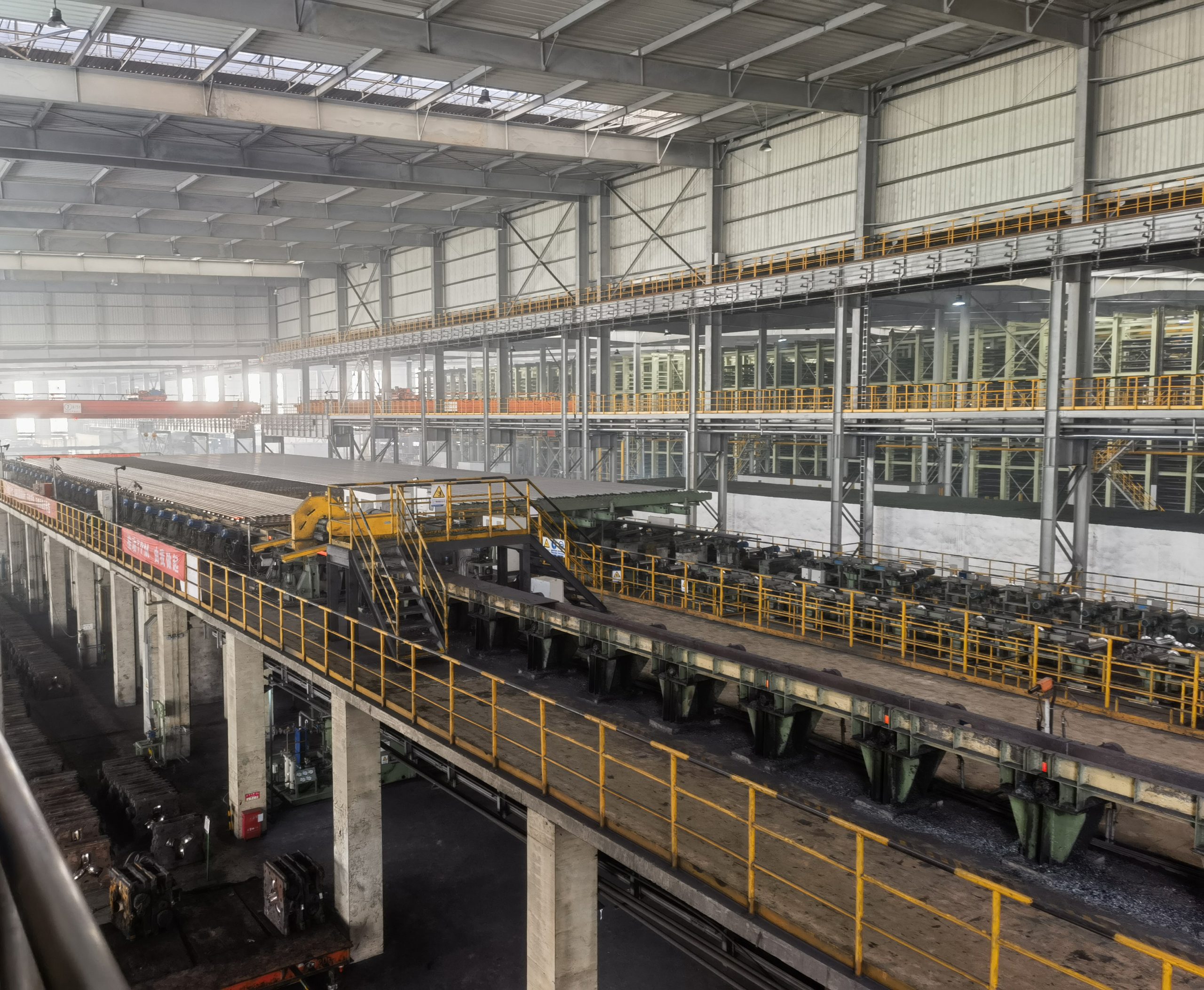
JIS, or the Japanese Industrial Standards, are set by the Japanese Standards Association and are widely used in Japan and other Asian countries. JIS G3454 is the standard specification for carbon steel pipes for pressure service, including seamless black steel pipes. This standard covers both seamless and welded pipes, with different grades based on the chemical composition and mechanical properties of the material.
DIN, or the German Institute for Standardization, sets standards for a wide range of products, including steel pipes. DIN 1629 is the standard specification for seamless circular tubes of non-alloy steel with special quality requirements, including carbon steel pipes. This standard covers both seamless and welded pipes, with different grades based on the chemical composition and mechanical properties of the material.
Lastly, GOST standards are set by the State Standards of the Russian Federation and are widely used in Russia and other CIS countries. GOST 8732 is the standard specification for seamless hot-rolled steel tubes, including carbon steel pipes. This standard covers both seamless and welded pipes, with different grades based on the chemical composition and mechanical properties of the material.
In conclusion, when choosing a cold drawn carbon seamless black steel pipe, it is important to consider the standards set by organizations such as ASTM, EN, JIS, DIN, and GOST. Each of these standards has specific requirements for the chemical composition, mechanical properties, and performance of the material, ensuring that the pipes meet the necessary quality and safety standards for their intended application. By understanding and comparing these standards, you can make an informed decision when selecting the right cold drawn carbon seamless black steel pipe for your project.

